Tunisia often surprises travelers. This small North African country sits on the Mediterranean, yet it feels like a crossroad of cultures. You’ll find Roman ruins, Islamic architecture, desert dunes, colorful souks, and golden beaches—all packed into a destination that’s easy to explore in just a week.

If you’re planning a trip, this guide gives you a 7-day Tunisia itinerary, complete with travel tips and important details about visa and Tunisia eVisa requirements for tourists.
Do You Need a Visa for Tunisia?
Whether you need a visa depends on your nationality.

Visa-Free Entry: Citizens of the EU, UK, Canada, Japan, and many other countries can enter Tunisia visa-free for up to 90 days.
eVisa (Electronic Visa): Tunisia has rolled out an eVisa system for travelers from countries that require prior authorization. The Tunisia eVisa application is online: you fill in the form, upload documents, pay the fee, and wait for approval by email.
Consular Visa: Some nationalities still need to apply through a Tunisian embassy or consulate.
👉 For most leisure travelers, the Tourist eVisa or visa-free entry is enough. The standard tourist visa allows stays of up to 30 or 90 days, depending on your nationality.
Documents usually needed:
Valid passport (at least 6 months)
Return or onward flight ticket
Proof of accommodation (hotel booking or invitation)
Recent passport photo
Once your visa (or eVisa) is sorted, you’re ready to dive into Tunisia’s treasures.
Best Time to Visit Tunisia
Tunisia has a Mediterranean climate along the coast and desert weather inland.
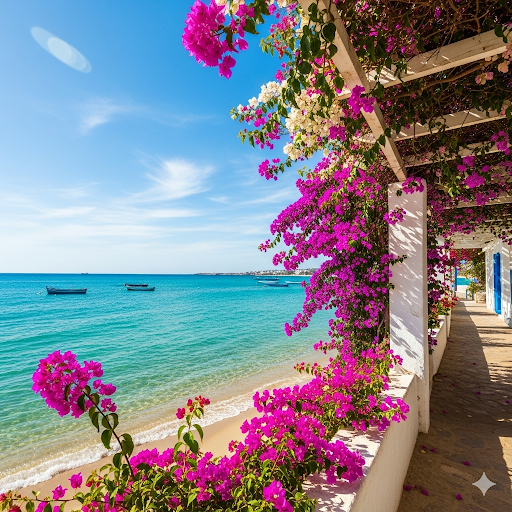
Spring (March–May): Warm, pleasant, and colorful with blooming flowers.
Summer (June–August): Hot and sunny, perfect for beaches but very hot in the desert.
Autumn (September–November): Ideal balance of warm weather and fewer crowds.
Winter (December–February): Cooler and quieter, good for cultural sightseeing.
Most travelers find spring and autumn the best seasons for a mix of sightseeing and relaxation.
7-Day Tunisia Itinerary
Here’s a suggested one-week itinerary that covers history, culture, desert adventure, and relaxation.
Day 1: Arrival in Tunis

Land in the capital and settle in. Spend the afternoon exploring the Medina of Tunis, a UNESCO World Heritage site filled with narrow lanes, markets, and traditional houses. Stop at the Zitouna Mosque and wander through souks selling spices, carpets, and jewelry.
Evening tip: Try a local dinner—couscous with lamb or brik (crispy pastry filled with egg and tuna).
Day 2: Carthage and Sidi Bou Said
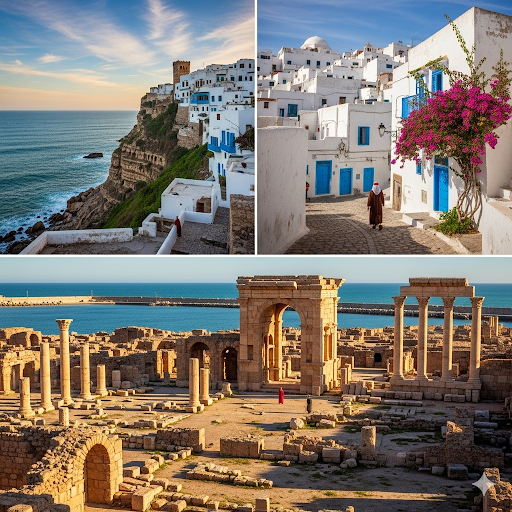
Take a short trip from Tunis to visit Carthage, once a mighty Phoenician city and later a Roman stronghold. The ruins include baths, theaters, and ancient villas.
In the afternoon, head to Sidi Bou Said, a charming coastal village painted in blue and white. Walk its cobbled streets, sip mint tea with pine nuts, and enjoy views of the Mediterranean.
Day 3: Dougga – Ancient Roman City
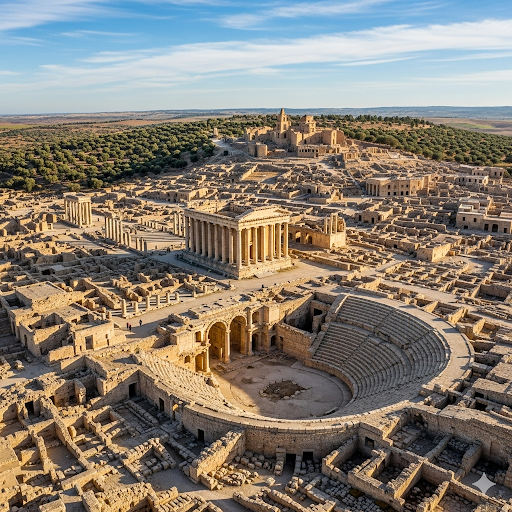
Drive inland to Dougga, one of the best-preserved Roman sites in North Africa. Its amphitheater, temples, and forums give you a real sense of Roman life. Unlike Rome or Pompeii, Dougga is peaceful and rarely crowded.
Stay overnight in a nearby guesthouse or return to Tunis.
Day 4: Kairouan – The Spiritual Heart of Tunisia
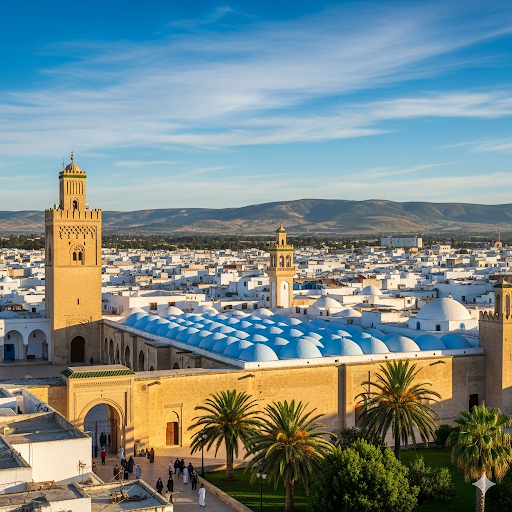
Head south to Kairouan, a holy city in Islam and a UNESCO site. Visit the Great Mosque of Kairouan, one of the oldest mosques in North Africa, and the Aghlabid Pools.
Wander the Medina’s quiet alleys and shop for traditional carpets—the city is famous for them.
Day 5: Tozeur and the Desert Oasis
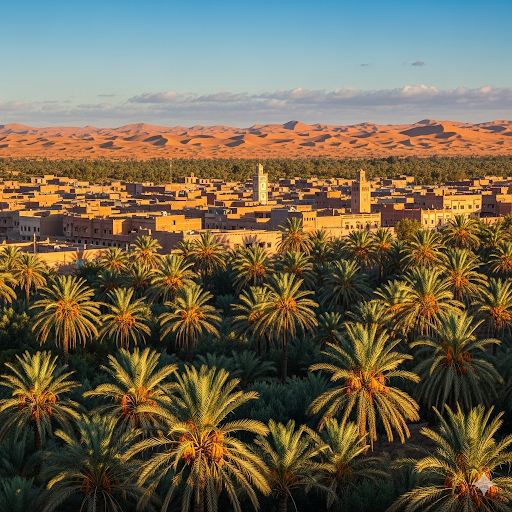
Travel deeper south to Tozeur, known for its palm groves and desert scenery. The town’s architecture is unique, with yellow brick patterns.
In the afternoon, take an excursion to Chebika, Tamerza, and Mides, stunning mountain oases with waterfalls and dramatic canyons. Film fans will also love visiting Star Wars filming locations nearby.
Day 6: Sahara Desert Experience
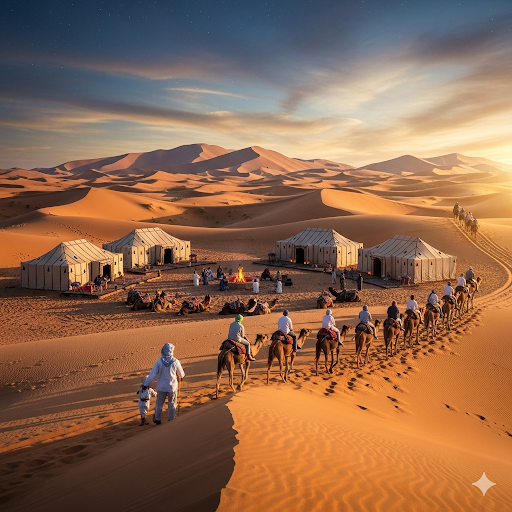
This is your adventure day! From Douz or Tozeur, join a Sahara desert tour. Ride camels or 4x4 jeeps across the dunes, watch the sunset, and spend a night in a desert camp under starry skies.
It’s an unforgettable highlight of Tunisia.
Day 7: Hammamet or Sousse – Beach Time
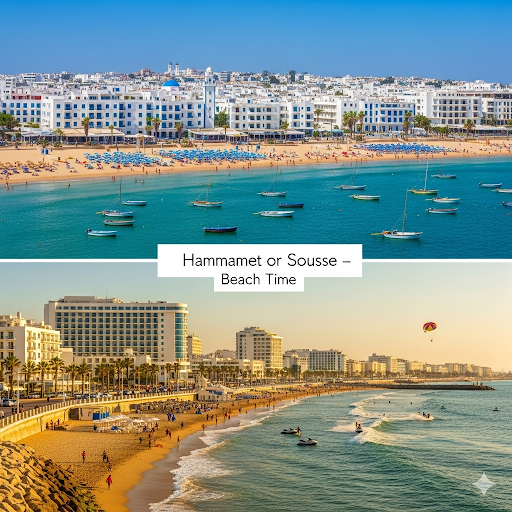
After your desert adventure, relax by the Mediterranean before flying out.
Hammamet: Famous for resorts, beaches, and a pretty old town.
Sousse: A coastal city with a lively Medina and great beaches.
Spend your last day swimming, enjoying seafood, or simply soaking up the sun.
Travel Tips for Tunisia
Currency: Tunisian Dinar (TND). Exchange money locally, as it’s a closed currency.
Transport: Trains and louage (shared taxis) are affordable. Renting a car is great for exploring independently.
Language: Arabic is official; French is widely spoken.
Food to Try: Couscous, ojja (egg and tomato dish), mechouia salad, and mint tea.
Safety: Tunisia is generally safe in tourist areas. Just be mindful of your belongings in busy markets.
Final Thoughts
Tunisia may be small, but it packs a huge variety of experiences. In just 7 days, you can explore ancient ruins, wander through holy cities, ride camels in the Sahara, and relax on Mediterranean beaches.
With the eVisa system and visa-free entry for many travelers, visiting is easier than ever. All you need is a good plan, comfortable shoes, and a taste for adventure.
Whether you’re sipping tea in Sidi Bou Said, standing in awe at Carthage, or gazing at desert stars, Tunisia will surprise you at every step.

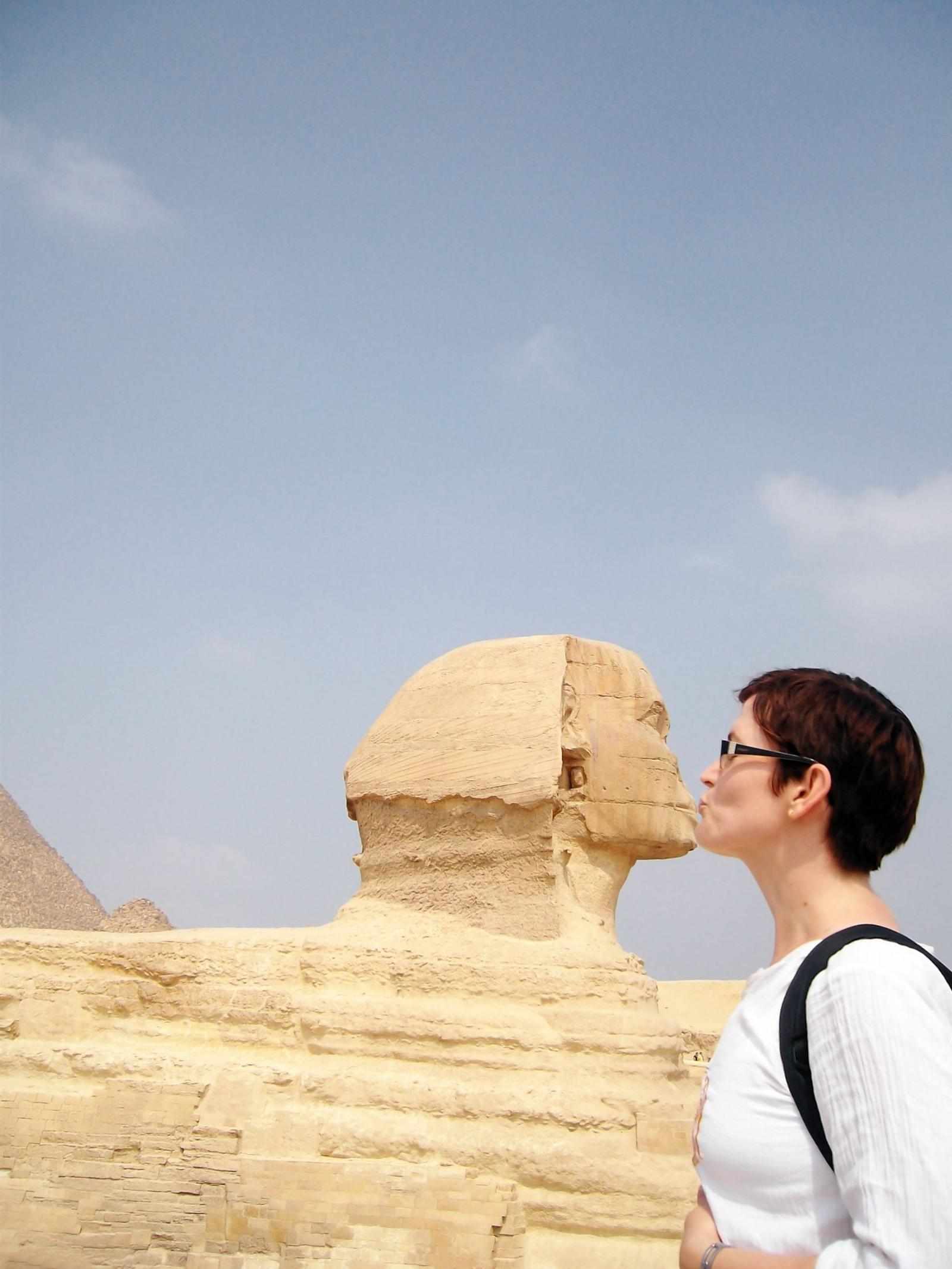
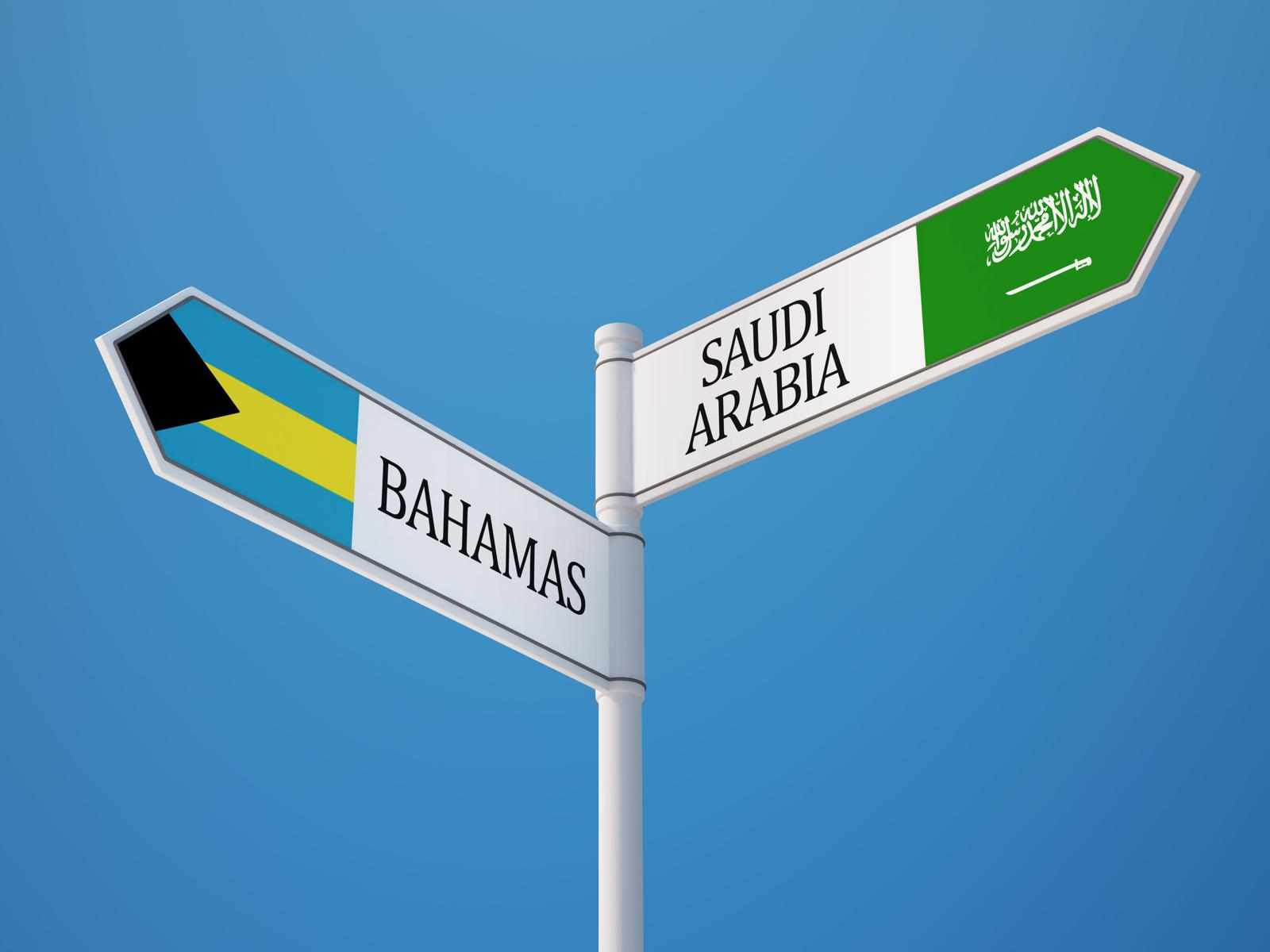
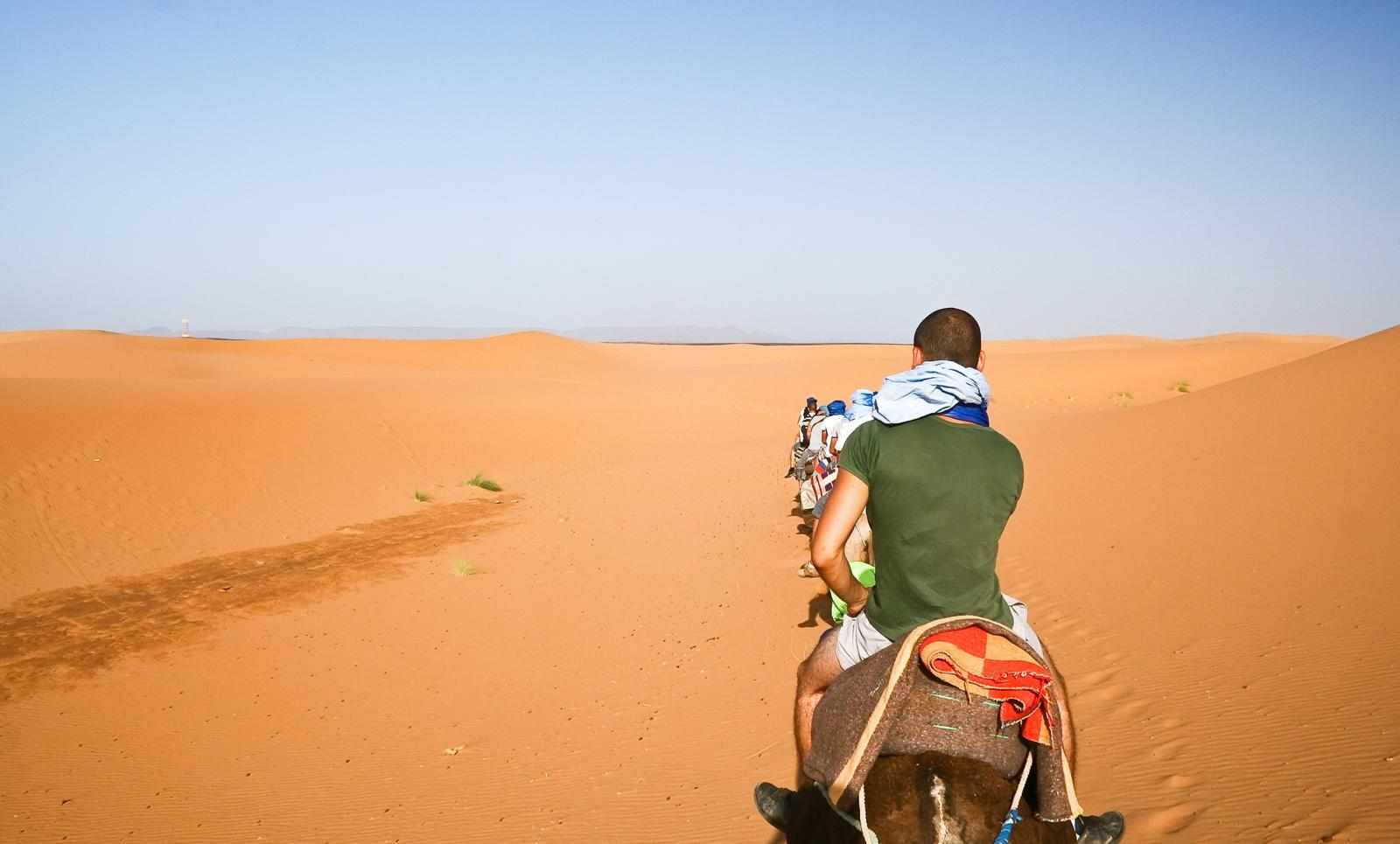

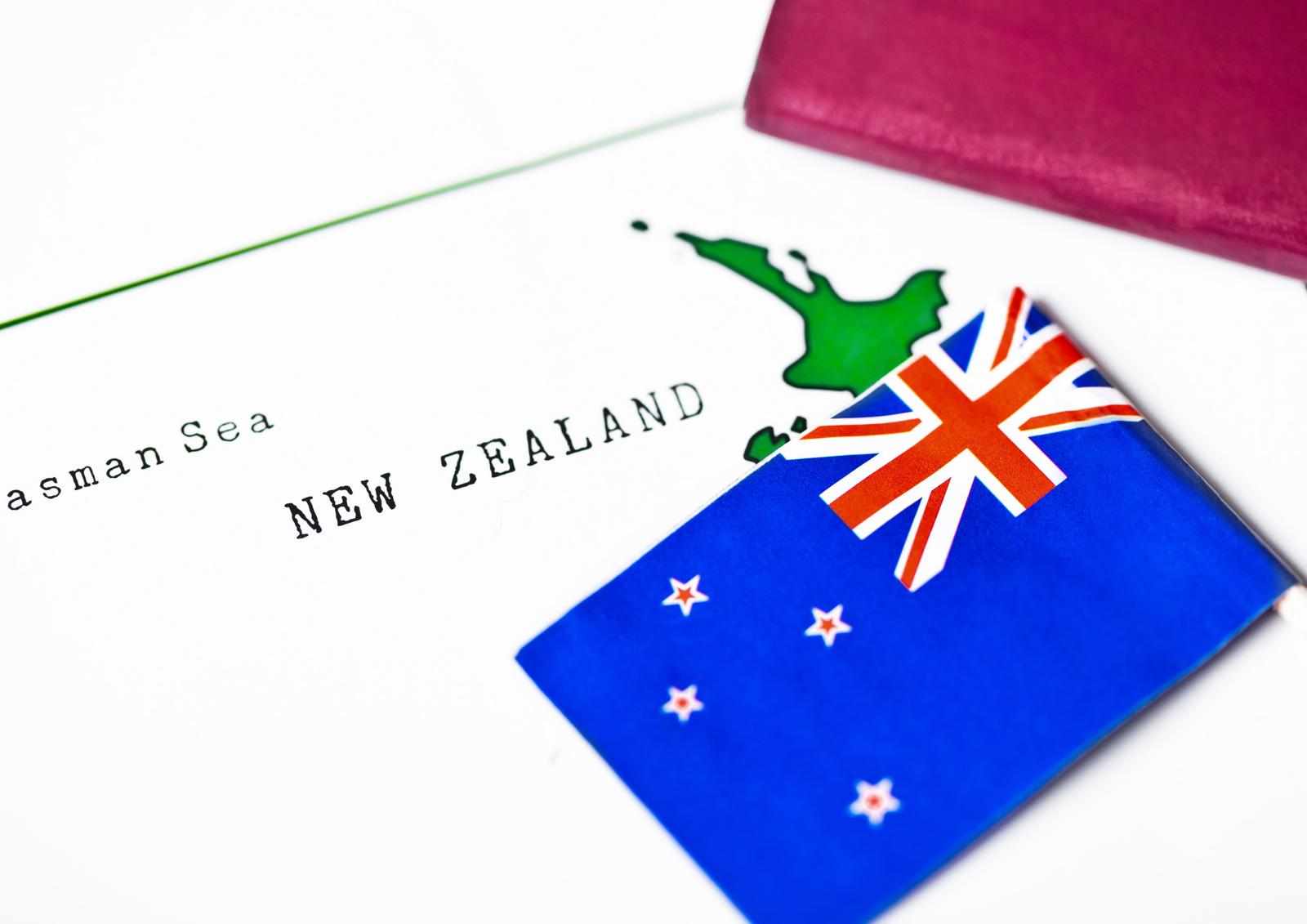
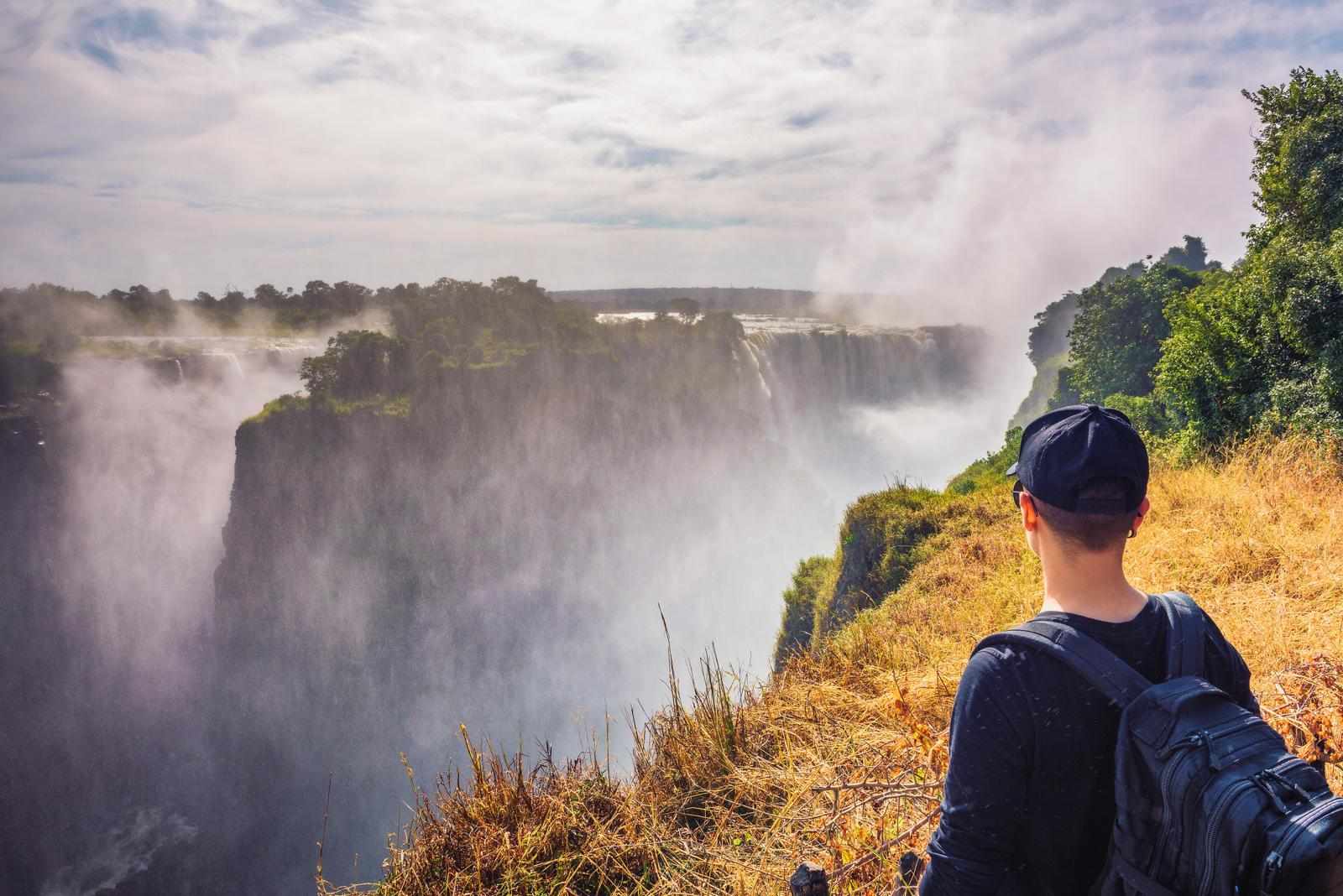
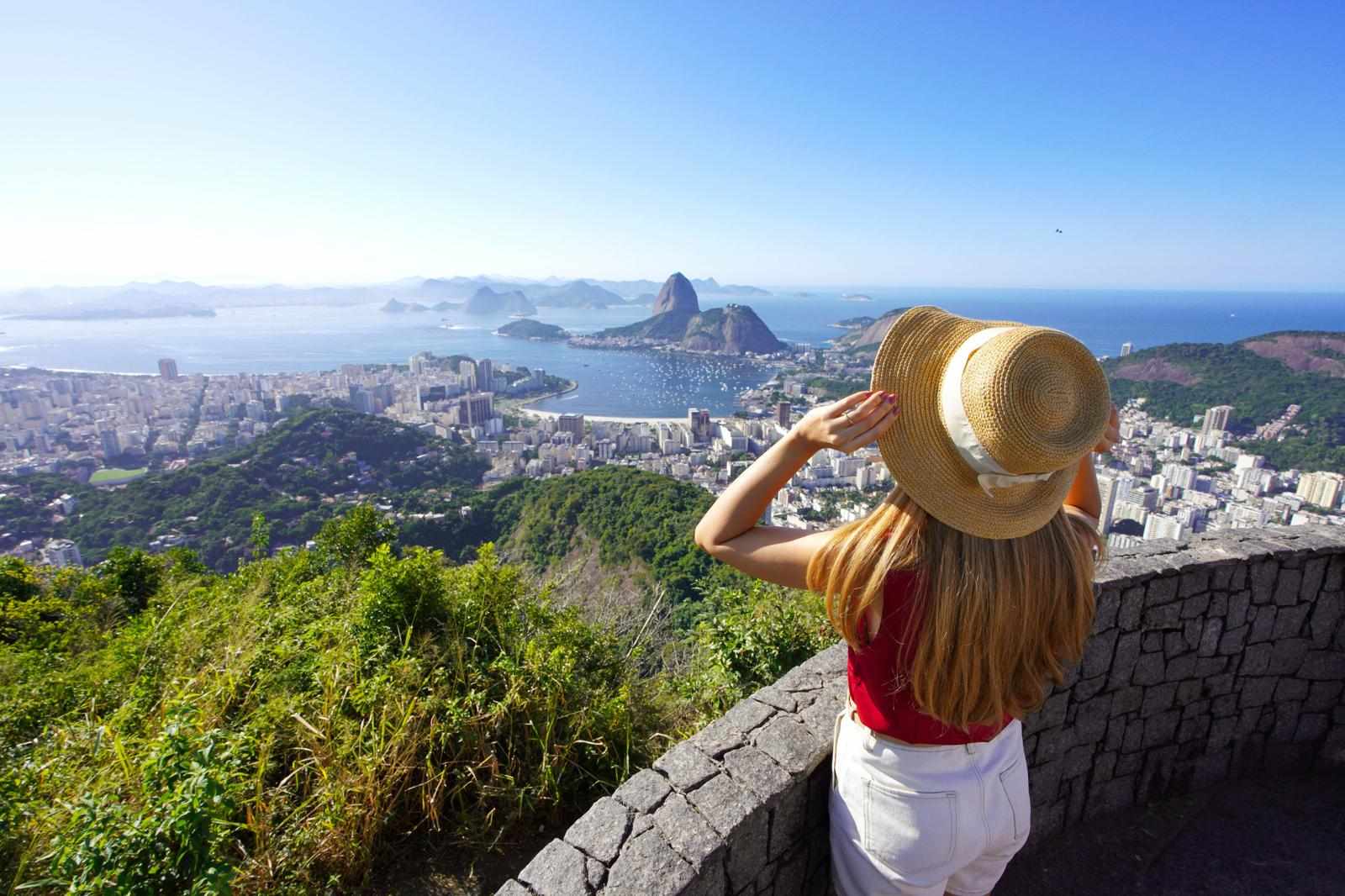



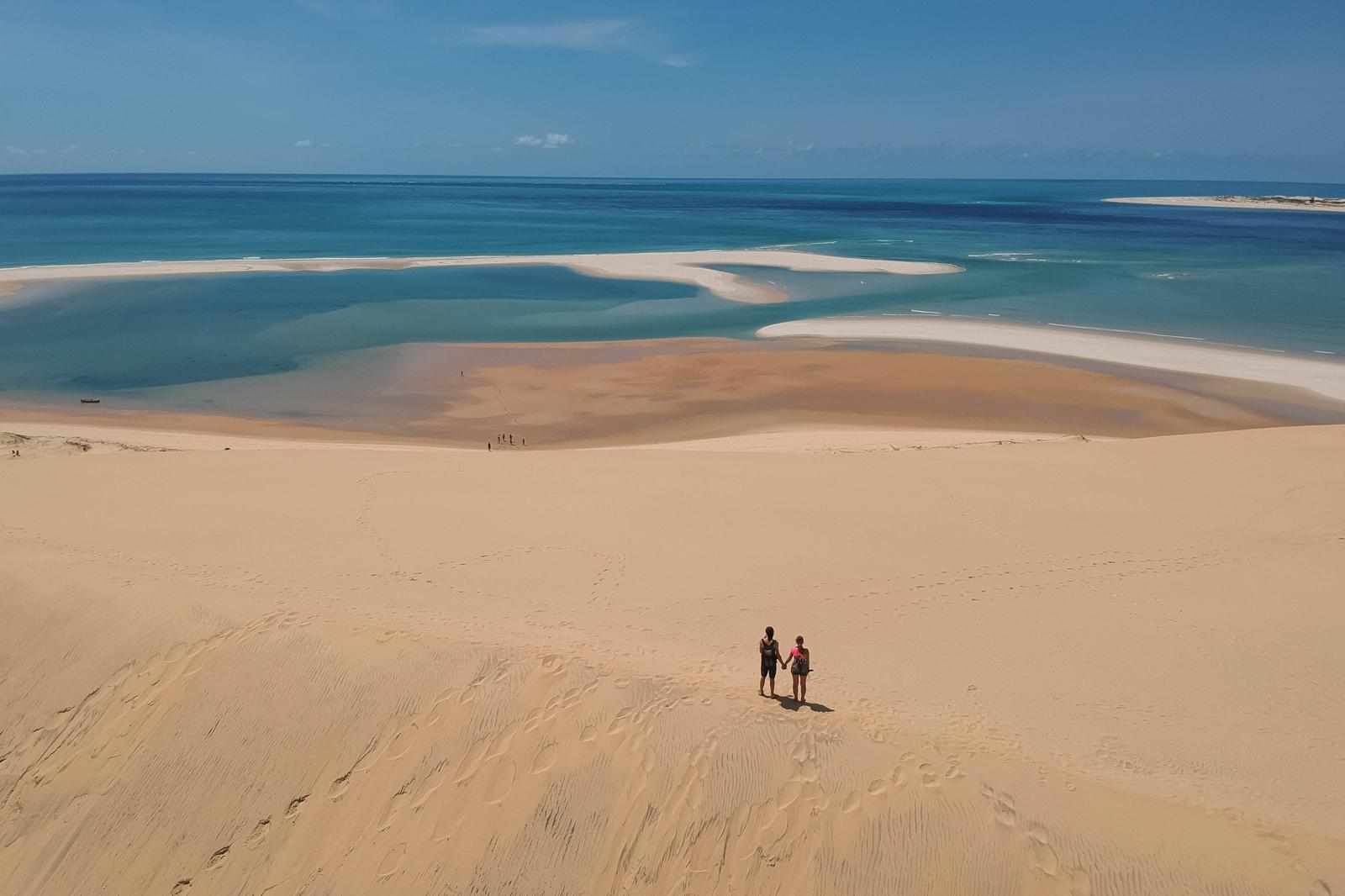
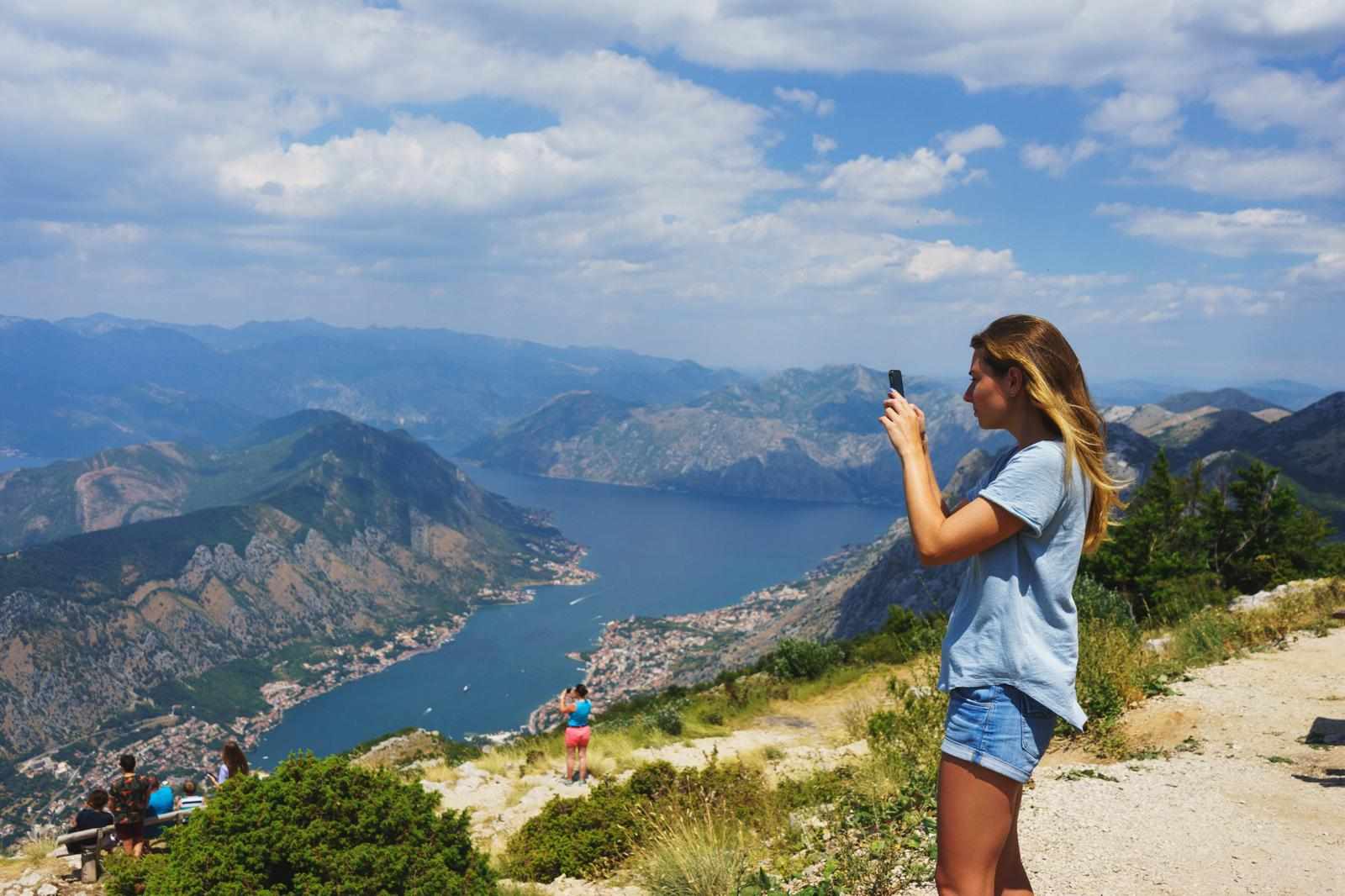

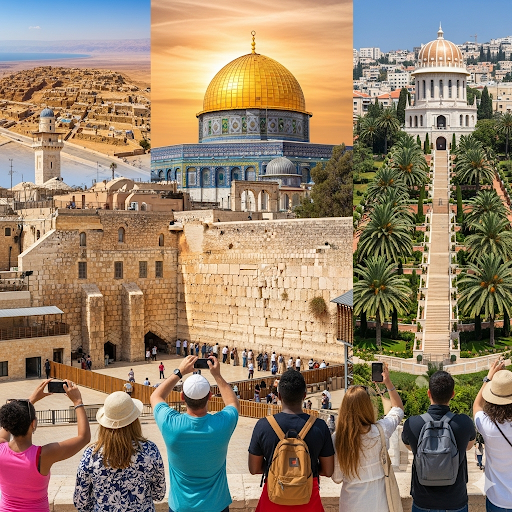


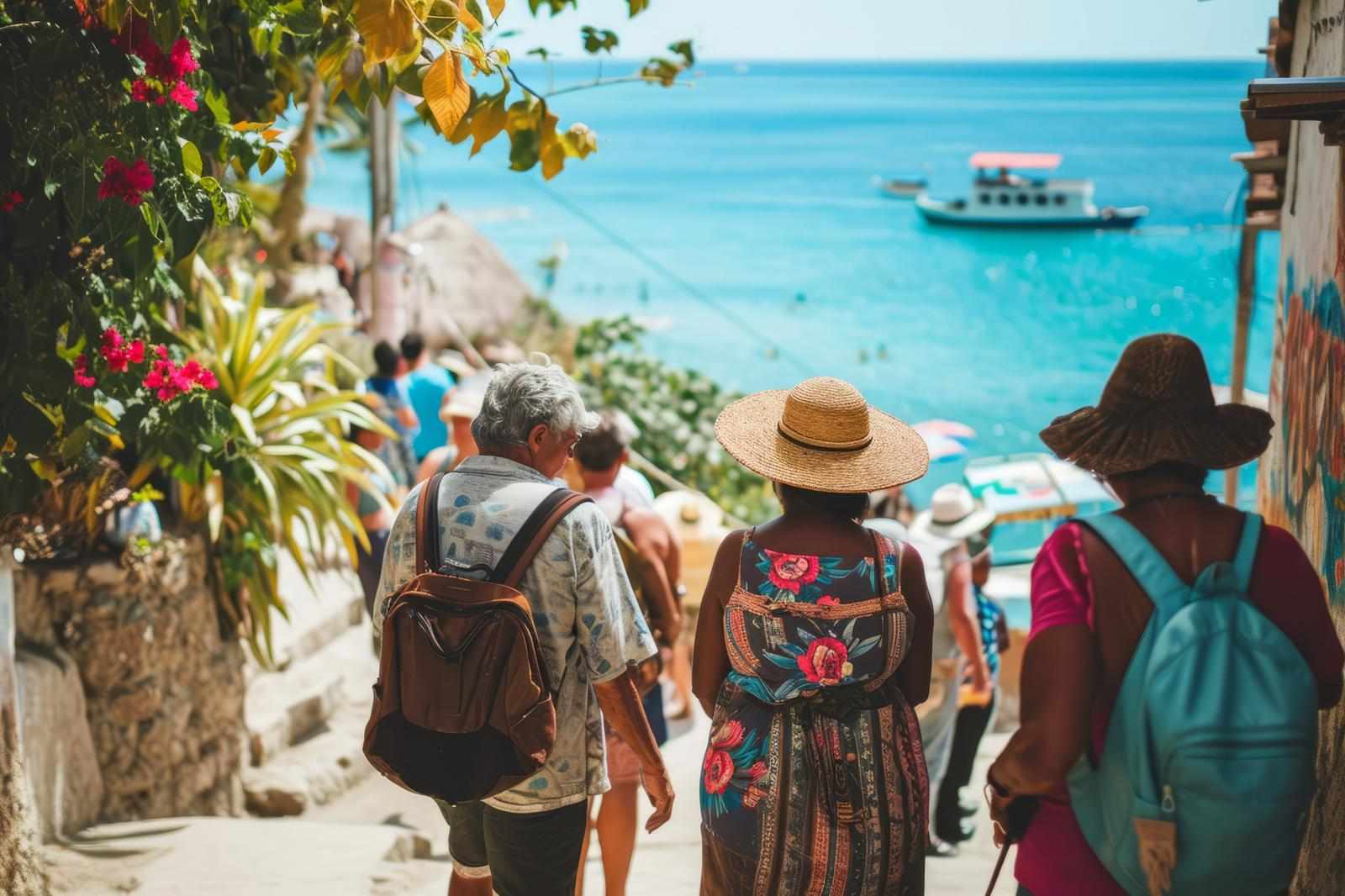

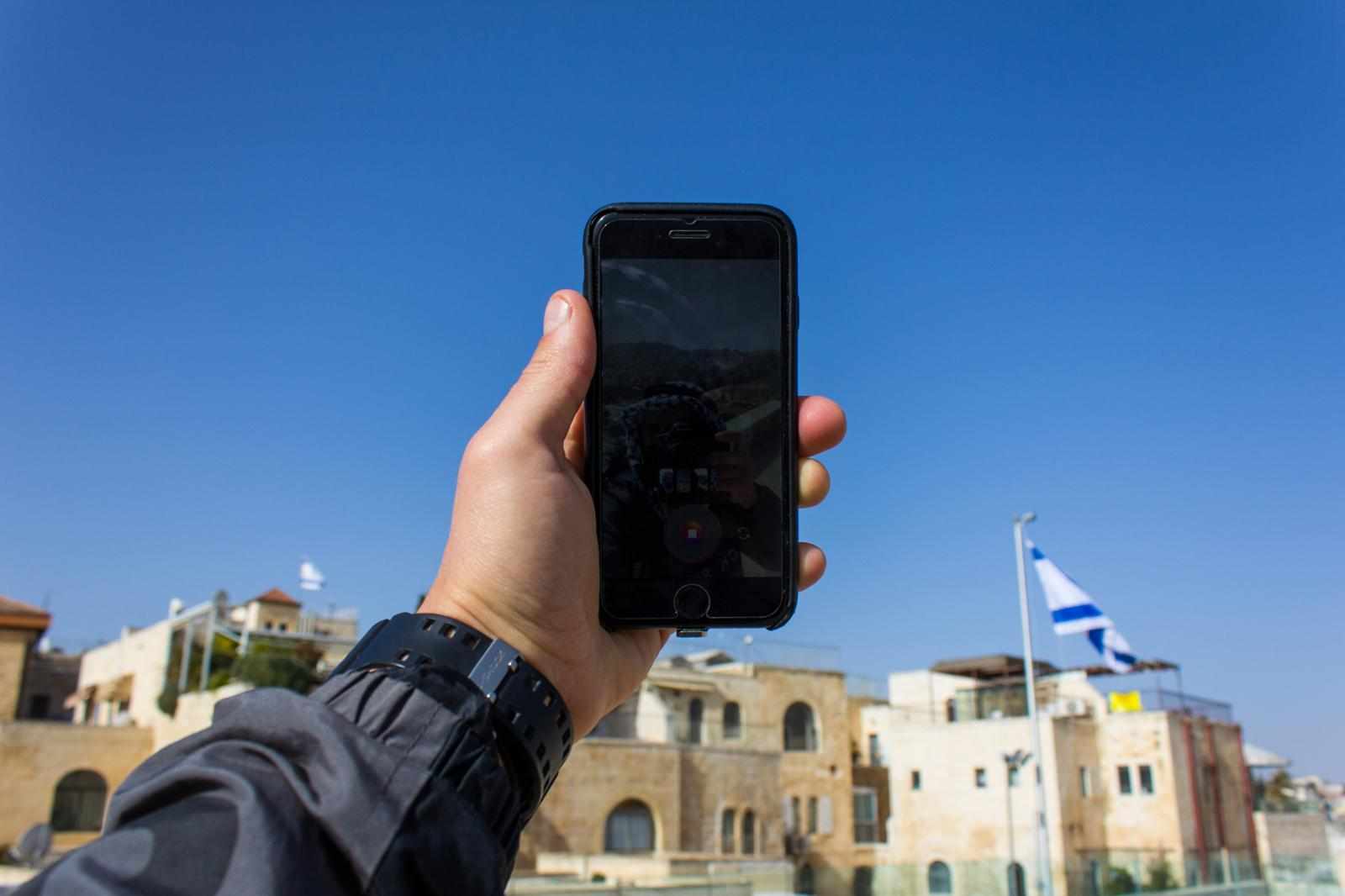
Write a comment ...